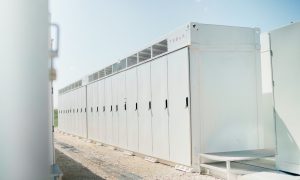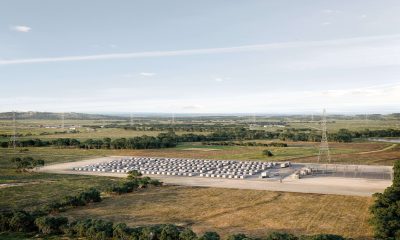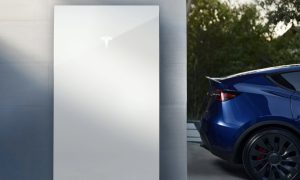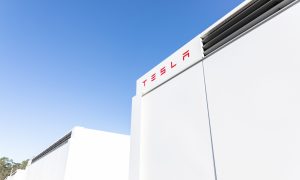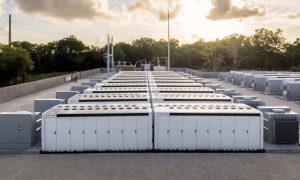Energy
North Carolina creates state’s first microgrid laboratory, using Tesla Powerpacks
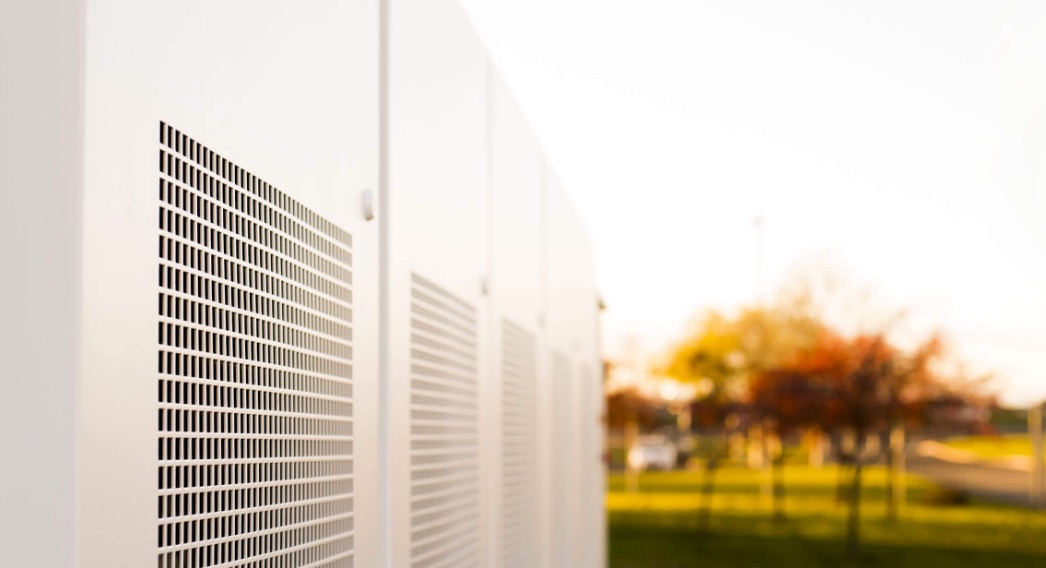
On a bitterly cold day in March 2015, power was interrupted from mainland Hatteras, North Carolina to an offshore island, Ocracoke. The reason? “Galloping lines,” or ice on the power lines that shorts out electricity delivery. Tideland Electric Membership Corporation, which supplies the island’s electricity, resorted to the only alternative: it fired up the island’s 3-megawatt generator, but electric demand exceeded the generator’s capacity numerous times that day. If you live on the Ocracoke, this was just one more instance of having to do without electrical power due to extreme weather.
But that’s all about to change.
With the installation of Tesla batteries and solar panels at the island’s generator, Ocracoke will become the state’s first microgrid laboratory. Tesla shipped ten of the 4,000-lb. Tesla Powerpack batteries combined to North Carolina Electric Membership Corporation’s (NCEMC) generating plant on Odd Fellows Lane. Tideland installed the 1 MWh photovoltaic system on December 13. “We’re setting up here for the electricity of the future,” said NCEMC’s Bob Beadle, project manager, as he participated in the installation.
The initiative is a pilot project from NCEMC, which owns the island’s generator, and Tideland. “This is a learning laboratory for Tideland,” said Heidi Jernigan Smith, Tideland spokesperson. “We’re exploring the potential for a microgrid.” She added that Ocracoke’s challenging coastal environment offered an ideal experiment site.
When connected to the grid, the batteries are charged during periods of low demand and store energy. The electricity is available to the grid when demand peaks and power is more expensive. While the batteries do not have the capacity to power Ocracoke during an outage, they will be able to assist the generator. “The Tesla batteries could potentially help us get over that start-up load,” Smith said. “It will be interesting to learn what benefits can be derived from the various microgrid components over time.”
The project will help all constituents to gain knowledge about how community microgrids can become another mechanism for regional electric service. “This is new territory for everyone,” Smith admitted. “We’re gaining valuable information for the future.”
The U. S. Department of Energy defines a microgrid as “a group of interconnected loads and distributed energy resources within clearly defined electrical boundaries that acts as a single controllable entity with respect to the grid and that connects and disconnects from such grid to enable it to operate in both grid-connected or island mode.” Microgrids are an emerging segment of an electrical system infrastructure that helps isolated or remote areas become independent of large, centrally controlled power plants. As they draw upon efficient, renewable energy resources, microgrids in places like Ocracoke can provide data about the role of new technologies in future electric service delivery.
Another Tesla island project earlier this year on the American Samoa island of T’au, at 1.4 megawatts, can cover “nearly 100%” of its 600 residents’ electrical needs.
“Tideland is pleased to serve as host for NCEMC’s first microgrid project and the opportunity it affords our employees to learn about next generation energy technologies,” said Paul Spruill, Tideland’s chief executive officer and general manager. “We are also appreciative of our sister co-ops across the state for funding this project, which will all stand to gain from our collective knowledge base as the energy industry evolves.” The next time that the power is interrupted, Ocracoke may be able to manage its limited power resources as an independent system.
Smart technology is interwoven into Ocracoke’s microgrid in another way, too. 130+ Ocracoke homes have installed Ecobee thermostats from Tideland. Another example of the Internet of Things (IoT), these devices allow Tideland remote access to residents’ thermostat settings. Tideland can reduce energy usage during times of peak electricity. Homeowners can also use smart phones or other computers to monitor and control their thermostat settings, with expected saving of up to 23% on a monthly utility bill.
Source: Ocracoke Observer
Interested in saving money through a solar system for your home or business? Get a solar cost estimate to start.
Elon Musk
Tesla Energy shines with substantial YoY growth in deployments
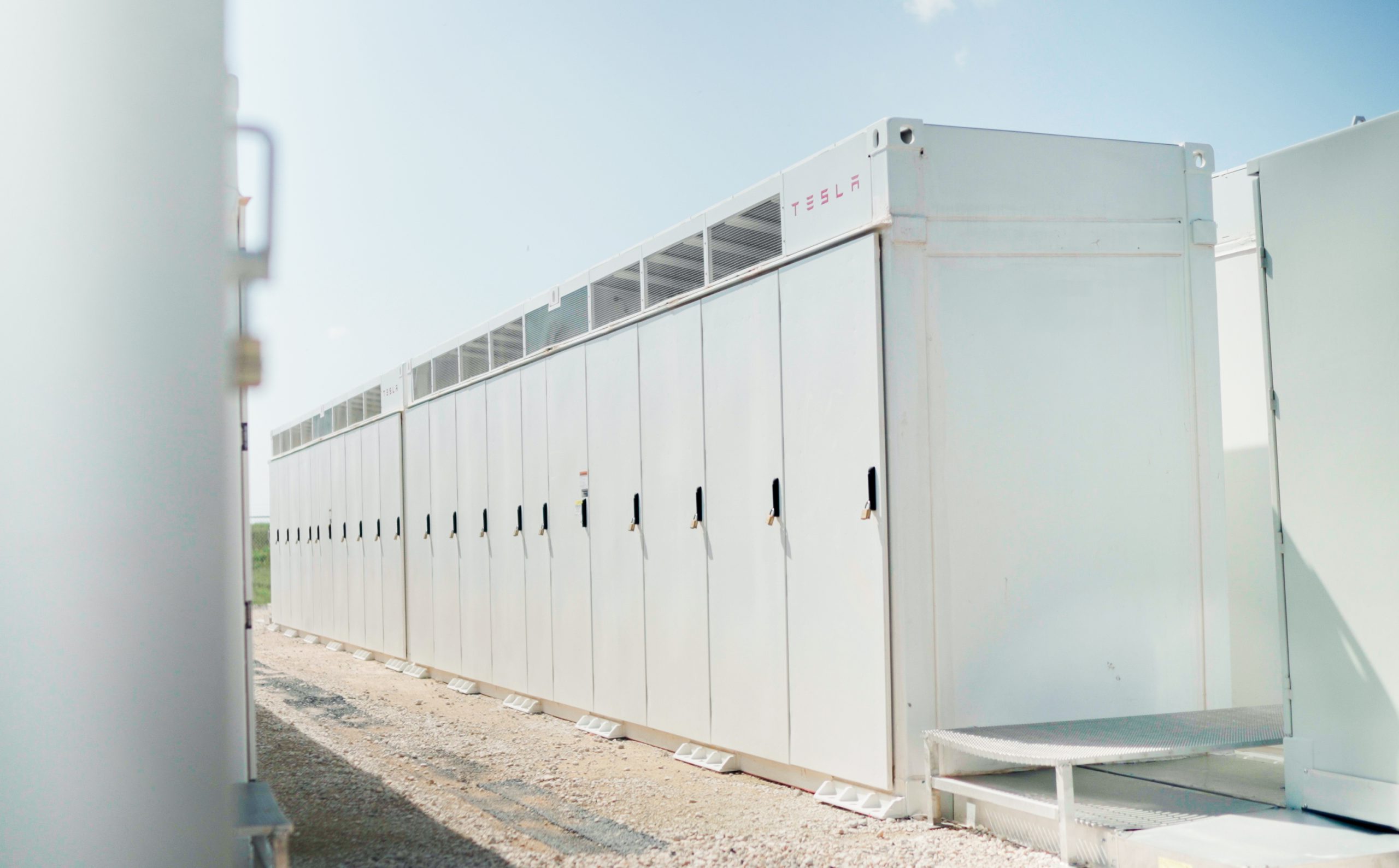
Tesla Energy shined in what was a weak delivery report for the first quarter, as the company’s frequently-forgotten battery storage products performed extraordinarily well.
Tesla reported its Q1 production, delivery, and deployment figures for the first quarter of the year, and while many were less-than-excited about the automotive side, the Energy division performed well with 10.4 GWh of energy storage products deployed during the first quarter.
This was a 156 percent increase year-over-year and the company’s second-best quarter in terms of energy deployments to date. Only Q4 2024 was better, as 11 GWh was recorded.
Tesla Energy is frequently forgotten and not talked about enough. The company has continued to deploy massive energy storage projects across the globe, and as it recorded 31.5 GWh of deployments last year, 2025 is already looking as if it will be a record-setting year if it continues at this pace.
Tesla Megapacks to back one of Europe’s largest energy storage sites
Although Energy performed well, many investors are privy to that of the automotive division’s performance, which is where some concern lies. Tesla had a weak quarter for deliveries, missing Wall Street estimates by a considerable margin.
There are two very likely reasons as to why this happened: the first is Tesla’s switchover to the new Model Y at its production facilities across the globe. Tesla said it lost “several weeks” of production due to the updating of manufacturing lines as it rolled out a new version of its all-electric crossover.
Secondly, Tesla could be facing some pressure from pushback against the brand, which is what many analysts will say. Despite the publicity of attacks on Tesla drivers and their vehicles, as well as the company’s showrooms, it would be safe to assume that we will have a better picture painted of what the issue is in Q2 after the company reports numbers in July.
If Tesla is still struggling with lackluster delivery figures in Q2 after the Model Y is ramped and deliveries are more predictable and consistent, we could see where the argument for brand damage is legitimate. However, we are more prone to believe the Model Y, which accounts for most of Tesla’s sales, and its production ramp is likely the cause for what happened in Q1.
In what was a relatively bleak quarter, Tesla Energy still shines as the bright spot for the quarter.
Energy
Tesla lands in Texas for latest Megapack production facility
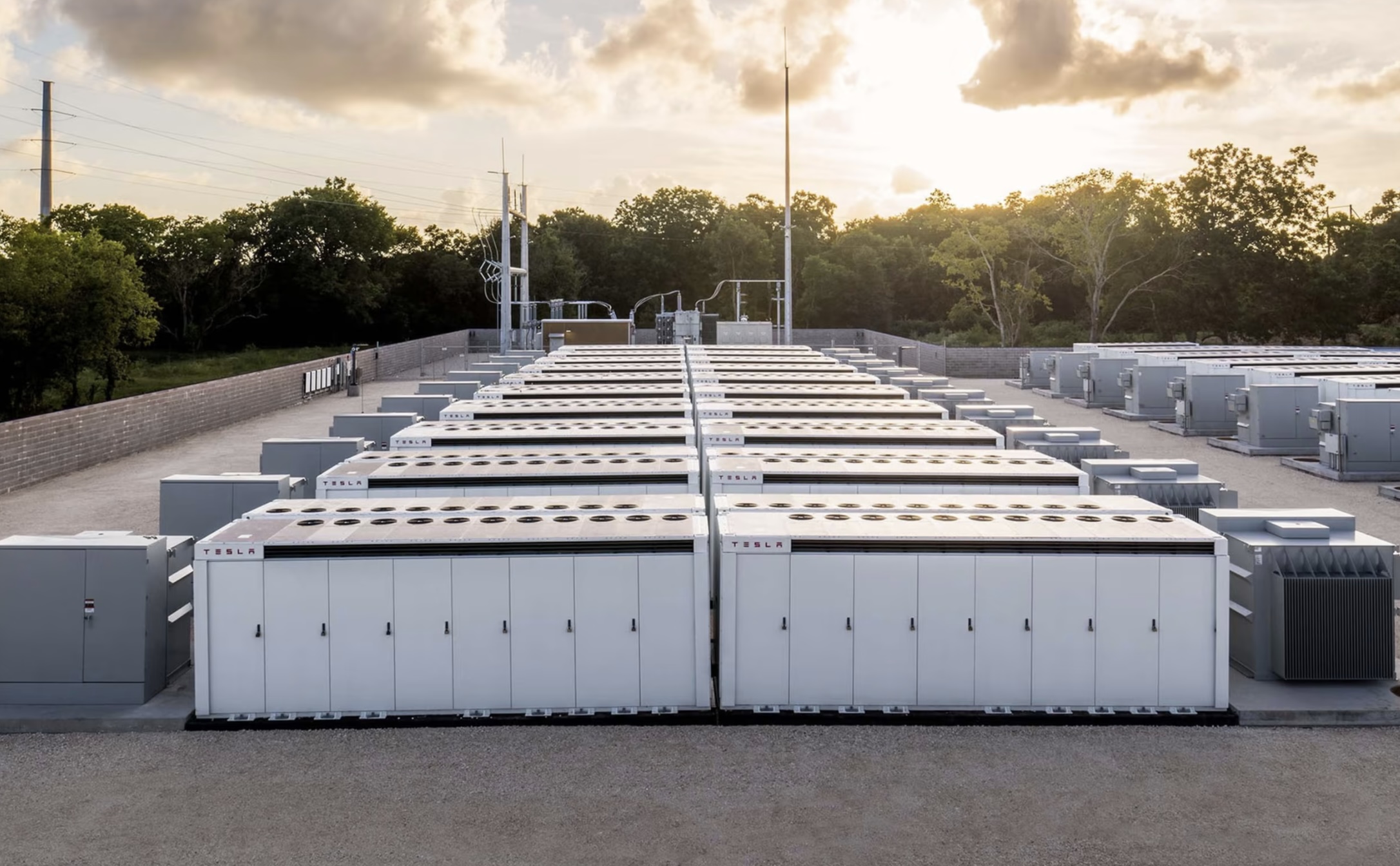
Tesla has chosen the location of its latest manufacturing project, a facility that will churn out the Megapack, a large-scale energy storage system for solar energy projects. It has chosen Waller County, Texas, as the location of the new plant, according to a Commissioners Court meeting that occurred on Wednesday, March 5.
Around midday, members of the Waller County Commissioners Court approved a tax abatement agreement that will bring Tesla to its area, along with an estimated 1,500 jobs. The plant will be located at the Empire West Industrial Park in the Brookshire part of town.
Brookshire also plans to consider a tax abatement for Tesla at its meeting next Thursday.
The project will see a one million square-foot building make way for Tesla to build Megapack battery storage units, according to Covering Katy News, which first reported on the company’s intention to build a plant for its energy product.
CEO Elon Musk confirmed on the company’s Q4 2024 Earnings Call in late January that it had officially started building its third Megapack plant, but did not disclose any location:
“So, we have our second factory, which is in Shanghai, that’s starting operation, and we’re building a third factory. So, we’re trying to ramp output of the stationary battery storage as quickly as possible.”
Tesla plans third Megafactory after breaking energy records in 2024
The Megapack has been a high-demand item as more energy storage projects have started developing. Across the globe, regions are looking for ways to avert the loss of power in the event of a natural disaster or simple power outage.
This is where Megapack comes in, as it stores energy and keeps the lights on when the main grid is unable to provide electricity.
Vince Yokom of the Waller County Economic Development Partnership, commented on Tesla’s planned Megapack facility:
“I want to thank Tesla for investing in Waller County and Brookshire. This will be a state-of-the-art manufacturing facility for their Megapack product. It is a powerful battery unit that provides energy storage and support to help stabilize the grid and prevent outages.”
Tesla has had a lease on the building where it will manufacture the Megapacks since October 2021. However, it was occupied by a third-party logistics company that handled the company’s car parts.
Energy
Tesla Energy had a blockbuster 2024

Tesla Energy has become the undisputed dark horse of the electric vehicle maker. This was highlighted by Tesla Energy’s growing role in the company’s overall operations in the past quarters.
And as per Tesla’s year-end milestone posts on X, Tesla Energy had a blockbuster 2024.
Tesla Energy’s 2024 milestones:
- As per Tesla on its official social media account on X, the company has hit over 800,000 Powerwalls installed worldwide.
- From this number, over 100,000 Powerwall batteries have been enrolled in virtual power plant (VPP) programs.
- The Powerwall 3 has officially been launched in the United States, Canada, Puerto Rico, the U.K., Germany, Italy, Australia, and New Zealand.
- The Tesla Megapack hit over 22 GWh in operation across more than 60 countries across the globe.
- The Lathrop Megafactory, which produces the Megapack, has been ramped to 40 GWh per year.
- The Lathrop Megafactory has also produced its 10,000th Megapack battery.
- The Shanghai Megafactory was completed in just seven months, and it is ready to start Megapack production in Q1 2025.
Hit 800k Powerwalls installed worldwide
— Tesla (@Tesla) December 31, 2024
Also:
– Over 100k Powerwalls are now enrolled in VPP programs
– Launched Powerwall 3 in the US, Canada, Puerto Rico, UK, Germany, Italy, Australia & New Zealand
– Megapack hit 22+ GWh in operation across 60+ countries
– Ramped… pic.twitter.com/bE88DpeyTg
Powerwall owners’ 2024 impact:
- As per Tesla Energy, Powerwall owners generated a total of 4.5 TWh of solar energy globally in 2024. This was equivalent to powering a Model 3 for more than 17 billion miles.
- A total of 1.1 TWh of energy was stored in Powerwalls in 2024. This protected homes from over 5.8 million outages during the year.
- Tesla’s Storm Watch feature for Powerwall batteries covered 2.8 million severe weather events over the year.
- Powerwall owners saw collective savings of over $800 million on utility bills.
- Virtual Power Plants contributed over 2.2 GWh of power to the grid. This reduced the need for 2,200 metric tons of fossil fuel peaker plant emissions.
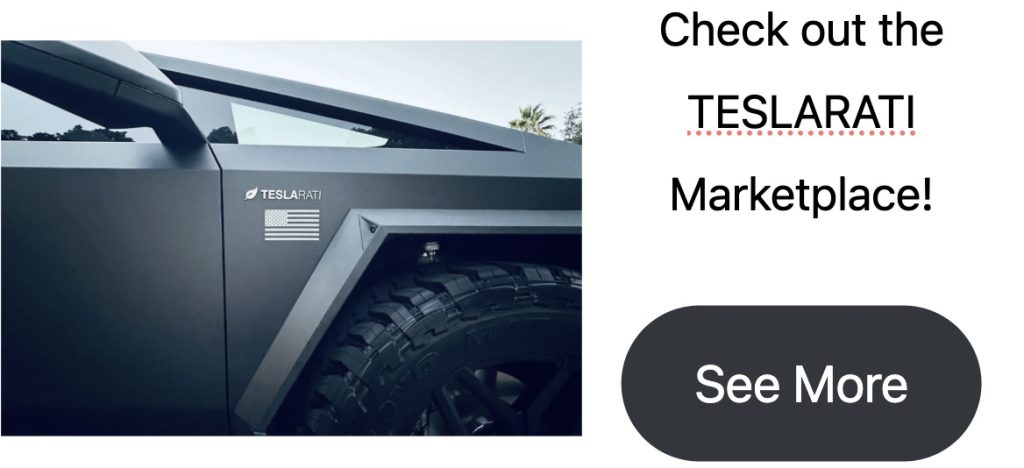
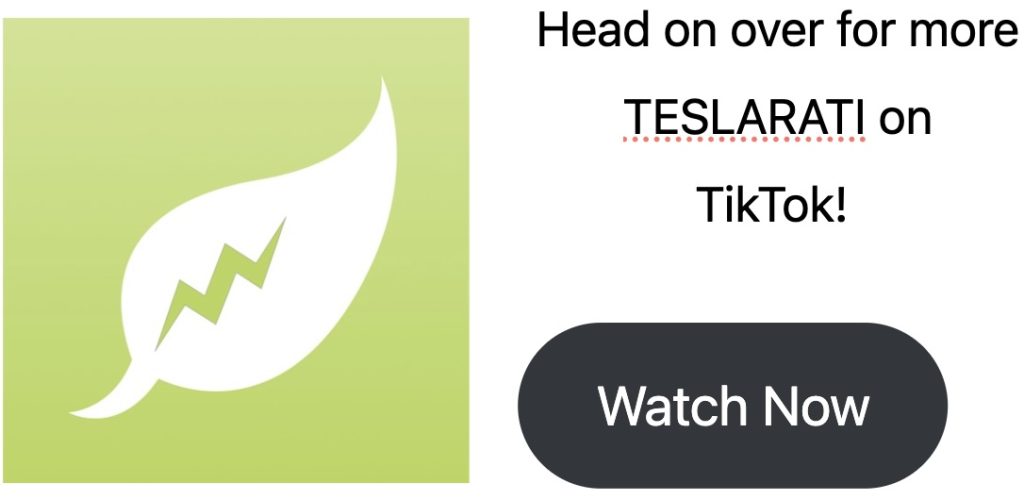
Don’t hesitate to contact us with news tips. Just send a message to simon@teslarati.com to give us a heads up.
-
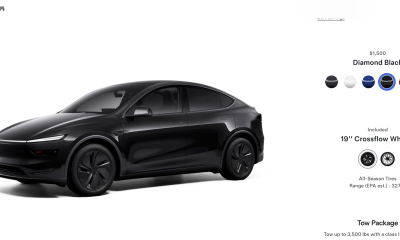
 News1 week ago
News1 week agoTesla rolls out new, more affordable trim of the Model Y Juniper in U.S.
-
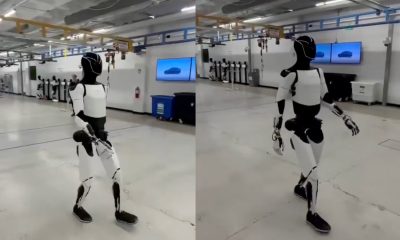
 News1 week ago
News1 week agoTesla shares Optimus’ improved walk in new update video
-
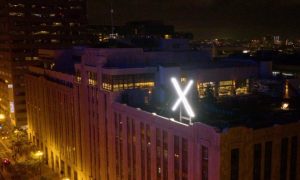
 Elon Musk2 weeks ago
Elon Musk2 weeks agoMusk says xAI has acquired X in $33 billion stock deal
-

 Elon Musk1 week ago
Elon Musk1 week agoTesla Germany reports 4,935 units sold in Q1 2025
-
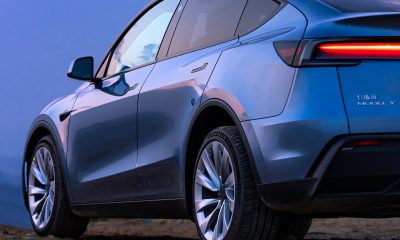
 Investor's Corner2 weeks ago
Investor's Corner2 weeks agoTesla (TSLA) shares company-compiled Q1 2025 delivery consensus
-
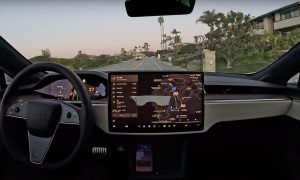
 News1 week ago
News1 week agoTesla expands Early Access Program (EAP) for early Full Self-Driving testing
-

 Elon Musk2 weeks ago
Elon Musk2 weeks agoNYC Comptroller moves to sue Tesla for securities violations
-

 News6 days ago
News6 days agoTesla celebrates key milestone for 4680 battery cell production cost

